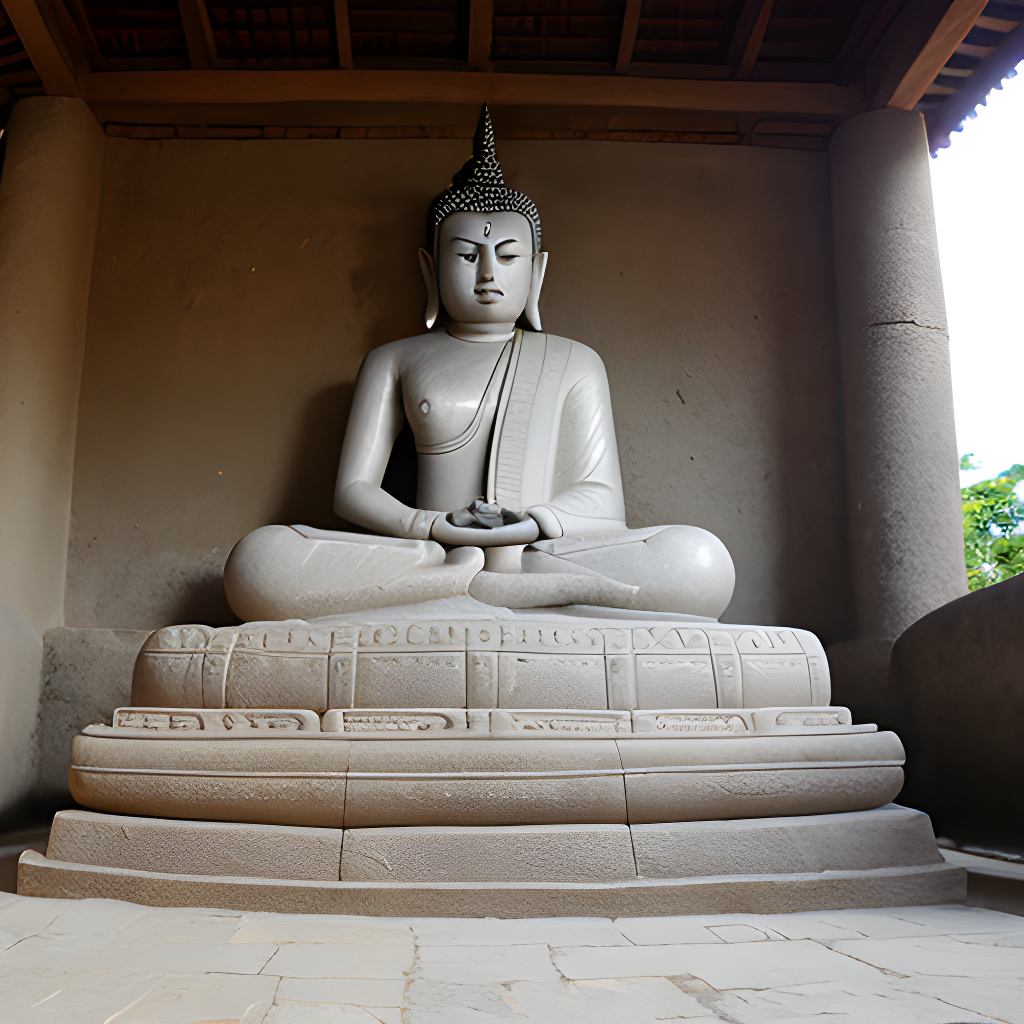The oldest Buddhist remains ever discovered in Sawat

Archeologists of CA ‘Foscari University and the Italian mission have discovered an estimated 2300 years old Buddha temple in the Bazira area of Barikot tehsil of Swat in collaboration with the provincial department of archeology that dates back to 300 BC. The discovery of the site was found important as the structure was built in the third century when Gandhara was ruled by the Indo-Greek kingdom in the north of India. It is supposed to be the oldest Budha stupa in Pakistan and is considered as built-in hundreds of years of the Buddhism founder’s death. and the unearthed temple was discovered with 2700 artifacts including rings, and pots written in the language of Kharosthi from the era of King Menander.

The Italian mission was very excited about this discovery in cooperation with the Pakistani provincial department of archeology as they stated “The more we search for the past together, the more we find that we have a future together. The team was committed in search for this Indo-Greek cultural site as it is a common asset of both civilizations.
According to Pakistani director of archeology Dr Abdul Samad khan, he said in his statement, “The new discovery is not only a historical asset but also considered very important in many ways such as a special connection with religious harmony and the multicultural civilization of the Gandhara period. Khan also stated that according to experts it is the most senior asset of Buddhism after the sirkup of Taxila and it is also proven that the Gandhara civilization was present in swat in the third century”.

The archeologist discovers a four-meter monument an apsidal temple (a term that refers to the shape of the apse of a building or temple covered with a dome it usually belongs to South Asia especially in Buddhist architecture so we can say the term is specific to Buddha architecture), one of the main streets of the medieval city towards the one of the entrance gates of the antique city. The team found coins issued by the Greek king, also onyx made a seal image of a youth in Greek attire with the inscription of Kharosthi. An engraved inscription in the language of Kharosthi Italian archeologist said.




